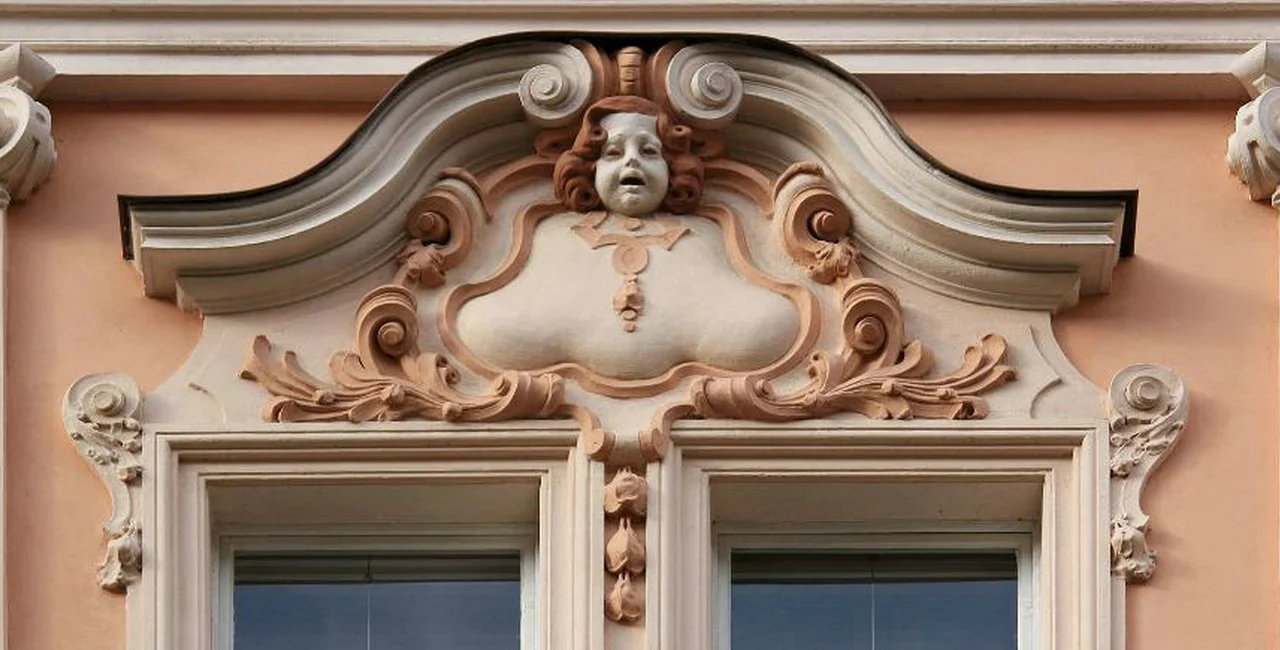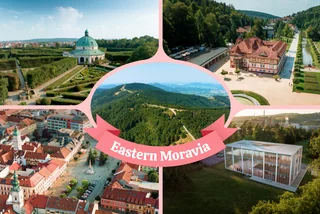Prague’s Little Hanoi, in Prague 4 near Sapa market is a well-known enclave of its Vietnamese community with its own daycare, publications, and temple; most of us know from experience that Prague 2 tends to be the center of the English-speaking expat universe.
The multi-cultural nature of the Czech capital’s various neighborhoods has been analyzed by Česko v datech (Czech Republic in Data) since 2015, a project which maintains stats on exactly how many (registered) foreigners are living in Prague, which countries they come from, and which districts they live in.
In comparison, a new report from the Czech news server Euro, based on information from real estate firm Y&T Luxury Property Brokers, reveals which Prague neighborhoods are most popular among foreigners who are buying a home in the Czech capital.
| Number of foreigners with permanent residency in Prague | |
|---|---|
| Country | Number |
| Countries of the former Soviet Union | 188 133 |
| Vietnam | 50 249 |
| Slovakia | 47 519 |
| Countries of the former Yugoslavia | 13 252 |
| China | 4385 |
| Italy | 1632 |
| France | 1067 |
| Source: Ministry of the Interior of the Czech Republic, data from Q1 2018 | |
The agency’s Russian-speaking clientele prefer Prague 6, the district of Russian diplomats, an Orthodox church, and renowned Russian schools.
If our own readership is any indication, Prague 6 is also home to a large number of American and British property owners who also appreciate its proximity to international schools.
As previously mentioned, Chinese and Vietnamese families tend to settle in Prague 4 and the surrounding areas where they have built a well-functioning infrastructure with shops and restaurants.
The article adds another reason this may be the case: From the point of view of traditional Chinese teachings of feng shui (the idea that harmony in your living space promotes inner balance), it is always better to reside in a new building.
This is a much stronger argument for these potential buyers than, for example, the possibility of higher real estate appreciation in the historic heart of the city, according to Y&T.
Which brings us to historic Vinohrady—the article notes that a large number of foreigners inhabit the royal borough, deemed a “recommendation” location with many foreigners suggesting it to incoming friends who are relocating to Prague for work.
The district is also popular among natives of the former Yugoslavia hailing from Slovenia, Croatia, and other Balkan nations who seek out residential areas with plenty of greenery; these nationalities also tend to congregate in the areas around Letná in Prague 7.
On the contrary, the French prefer Prague 5, largely due to its parks and neighborhoods, proximity to the romantic architecture of Malá Strana and the presence of the Lycée français in Smíchov. Art Nouveau houses and Baroque buildings also appeal to potential French and Italians homeowners.
The article reports that a new wave of buyers from around the world have begun to emerge in the Czech Republic. Flats are being sold to foreigners from New York, India, the United Arab Emirates, and Israel.
For a more data-driven look at who lives where, the Czech Republic in Data project puts the highest concentration of Ukrainians (10.2%), Slovaks (10.1%), and Vietnamese (14.1%) in Prague 4, while 11.1% of Russians live in Prague 13.
Of the 3,907 registered US citizens living in Prague, the highest concentration (16.48%) resides in Prague 2. About 15% of Prague’s 3,284 UK citizens live in Prague 2.













 Reading time: 3 minutes
Reading time: 3 minutes 















